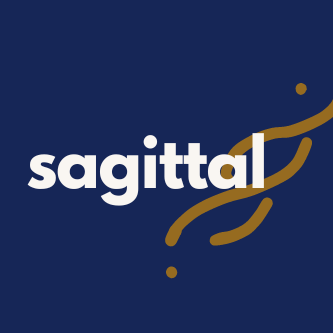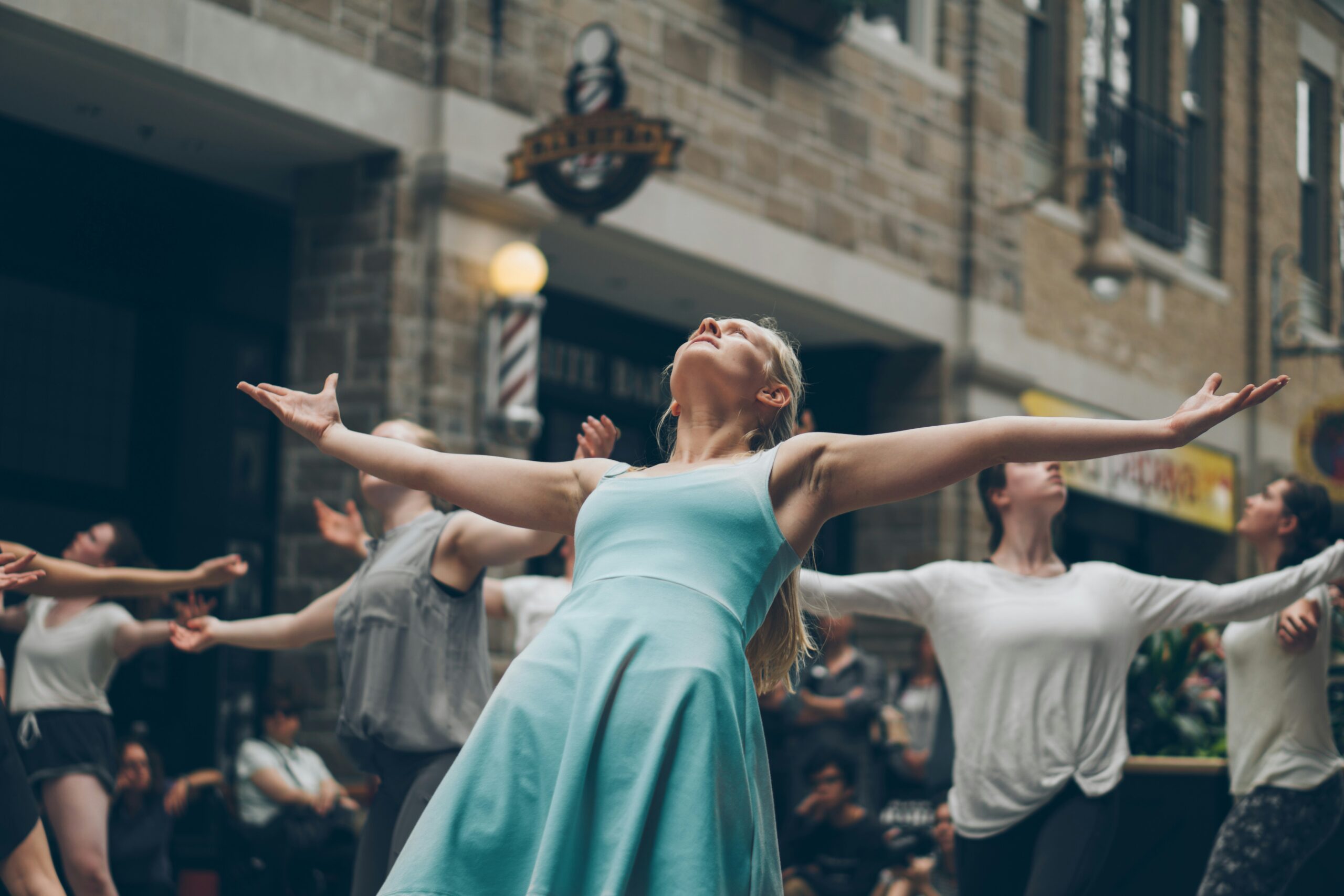Introduction:
Welcome, fellow choreographers, to a journey into the heart of musical theatre choreography! Today, we’re diving deep into the transformative power of dance, using the iconic scene “Ug a Wug” from Peter Pan as our guide. Through this exploration, we’ll uncover valuable tools and principles that you can apply to any musical, helping you craft choreography that captivates audiences and brings characters to life.
Character Development:
- Healing Hearts and Patching Plot Holes:
In musicals, character development often unfolds through movement, and “Ug a Wug” is no exception. It’s during this scene that characters heal old wounds and mend relationships, filling in plot holes and creating a cohesive narrative. To apply this principle to your own choreography, focus on moments of emotional catharsis and reconciliation, using movement to illustrate characters’ inner journeys. - Finding Your Tribe, Filling in the Blanks:
Just like Michael and John find their place among the lost boys in Peter Pan, characters in any musical need to feel a sense of belonging. Use choreography to show characters forming connections and forging alliances, filling in the blanks in the plot and creating a sense of cohesion. Whether it’s through group dances or intimate duets, highlight moments of camaraderie and solidarity. - Mentorship Matters, Plot Progresses:
Mentorship can be a powerful theme in musicals, driving character growth and plot development. Take inspiration from Tiger Lily’s guidance of Peter Pan in “Ug a Wug,” and incorporate mentor-mentee dynamics into your choreography. Show characters learning from one another, passing down knowledge, and growing together. This not only advances the plot but also adds depth to character relationships. - Facing Feelings, Filling in the Gaps:
Emotional authenticity is key to engaging audiences in musical theatre, and choreography offers a powerful means of expressing characters’ innermost feelings. Use movement to showcase characters confronting their fears, grappling with jealousy, or yearning for home. By filling in these emotional gaps, you’ll create choreography that resonates with audiences on a deeper level.
Symbolism and Motifs:
- Dance of Unity, Patching Things Up:
“Ug a Wug” exemplifies the theme of unity, bringing characters together despite their differences. As you choreograph your own musical numbers, look for opportunities to highlight themes of unity and collaboration. Whether it’s through synchronized movements or shared gestures, use dance to bridge divides and foster a sense of togetherness among characters. - Longing for Home, Filling in the Emptiness:
The motif of homecoming is a universal theme in musical theatre, evoking feelings of nostalgia and yearning. Take cues from “Ug a Wug” to depict characters’ longing for home through movement. Use gestures, expressions, and choreography to convey a sense of homesickness and belonging, filling in the emotional landscape of your musical. - Light vs. Dark, Filling in the Contrast:
Contrast is a powerful storytelling device, and choreography offers endless opportunities to explore light and dark themes. Just as “Ug a Wug” juxtaposes moments of joy and tension, consider how you can use movement to highlight contrasts in your own choreography. Play with dynamics, tempo, and space to create choreography that is both visually captivating and emotionally resonant.
Plot Points in “Ug a Wug” and Character Development:
Exposition:
The scene opens with Peter Pan and Tiger Lily observing the ongoing conflict between the lost boys and the natives. This sets the stage for the underlying tensions and divides among the characters.
Inciting Incident:
The inciting incident occurs when Peter and Tiger Lily decide to intervene and demonstrate what it looks like to get along. This pivotal moment sparks a shift in the dynamics between the lost boys and the natives, laying the groundwork for the character development to come.
Rising Action:
As the dance progresses, we see the lost boys and natives slowly embracing the idea of friendship, despite initial resistance and bullying. This gradual thawing of hostilities builds tension and anticipation, propelling the story forward towards its climax.
Climax:
The climax of “Ug a Wug” occurs when Michael and John demonstrate their ability to keep up with the lost boys, earning their acceptance and integration into the group. This moment of triumph marks a turning point in the narrative, as the characters overcome obstacles and forge new connections.
Falling Action:
Following Michael and John’s acceptance into the group, Wendy confronts them about their behavior and realizes her own need to face her fears and return home. This introspective moment sets the stage for the resolution of her character arc and the denouement of the scene.
Denouement:
As the dance concludes, the natives take on the role of mentors, teaching Peter Pan and the lost boys valuable fighting techniques to use against the pirates. This final act of guidance and unity brings the scene full circle, reinforcing the themes of cooperation and empowerment established earlier.
Tools for Choreographic Brilliance:
- Start Simple, Fill in the Details:
When tackling a new choreographic challenge, start with the basics and build from there. Block out the scene like you would for a play, focusing on spatial relationships and overall flow. Then, gradually layer in movements that serve the story and enhance character development. By starting simple and filling in the details, you’ll create choreography that feels organic and authentic. - Less is More, Fill in the Blanks:
Resist the urge to overcrowd your choreography with flashy moves and intricate footwork. Instead, focus on selecting movements that fill in the blanks in the plot and bring characters to life in meaningful ways. Remember, less is often more when it comes to creating impactful choreography that resonates with audiences. - Trust Your Instincts, Fill in the Gaps:
Above all, trust your instincts as a choreographer. Let your creativity flow freely, and don’t be afraid to take risks. Use your intuition to guide you as you fill in the gaps in the plot and bring your vision to life through movement. By trusting yourself and staying true to your artistic vision, you’ll create choreography that is both compelling and memorable.
In a Nutshell:
“Ug a Wug” may be the inspiration for our journey into musical theatre choreography, but the principles and tools we’ve explored are applicable to any show. Whether you’re choreographing a classic like Peter Pan or a contemporary production, remember to focus on character development, symbolism, and thematic motifs. By filling in plot holes, exploring emotional landscapes, and trusting your instincts, you’ll create choreography that brings stories to life and leaves audiences spellbound. So go ahead, fellow choreographers—let the magic of dance take center stage!

